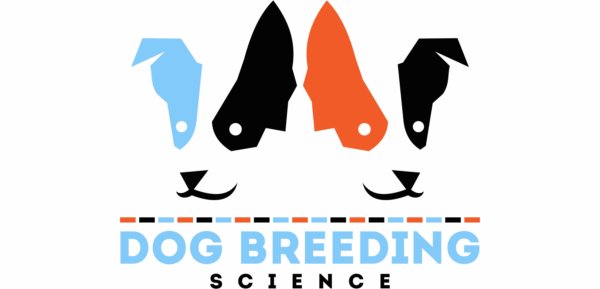DNA testing from umbilical cord
Did you know umbilical cord contains your pup's DNA? We can use cord to test for colour, coat and health traits in your dog.
When you send us cord from your puppy make sure that it only contains material from that puppy. Hair, saliva, blood or semen from another dog or another animal will contaminate the sample.
The benefits of cord samples
-
Cord contains a large amount of DNA and can be collected at birth
-
There is no pain or discomfort for your puppies in collecting cord tissue
Planning for cord samples
-
It can be difficult to tell newborn pups apart. That said, we really need to know which pup goes with each piece of cord! If they have different combinations of colour, sex and markings you can record this and none of the results will be ambiguous. If they are all the same colour, here are some suggestions from other breeders for keeping track of which is which.
-
Keep your cord tissue for a week or two before ordering your testing and sending the cord samples. This will help you account for pup mortality, and you can leave out any samples that you can't positively link to a particular pup.
-
Pups born by caesarian section: let the vet and staff know that you want to collect cord samples and that the sample needs to come from near the pup rather than near the mother. They will need to make sure to leave a bit of cord to become your sample. They may be willing to help collect your samples.
Pups born naturally: your challenge with these pups is to collect a bit of cord before the mother chews it off. If you miss the birth you may not be able to collect umbilical cord samples.
Taking umbilical cord samples
Label a clean envelope or piece of paper with a clear number, name or code for each pup that you are expecting to arrive.
The sample will need to come from the pup end of the cord rather than the mother's end. Cells from the mother can be present in the cord close to her end.
Cut a piece of cord that's big enough for you to hold onto. We only use a tiny piece in our testing.
Place the piece of cord in the labelled envelope or on the labelled paper. It will stick if it is still wet, and this will help by both drying it out and helping prevent it from falling off and getting lost. Record the sex and colour of the pup and any distinguishing markings, and if possible take a photo of the pup with the cord sample.
That's it for one pup - clean your hands and on to the next. Well done!
How much should you send?

If you can pick up a cord tissue sample it is big enough for us to test. They come in many shapes and sizes.
You can put multiple sealed sample envelopes together in a larger envelope to send them to the lab. Our address is:
Dog Breeding Science
40 Boronia St
Redfern NSW 2016
AUSTRALIA
